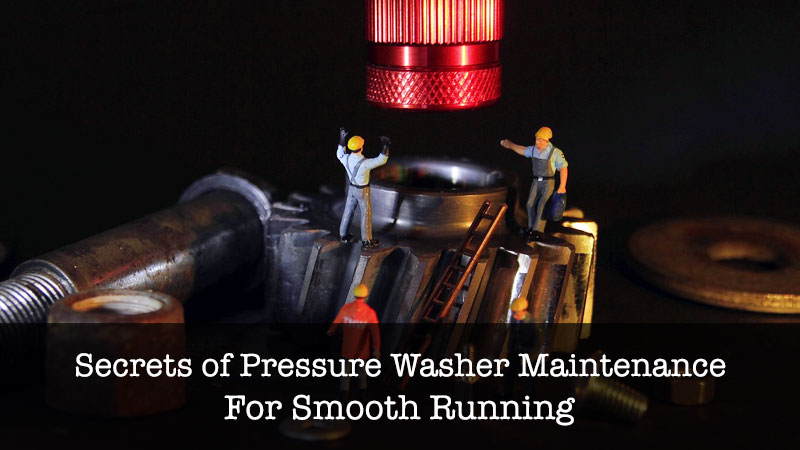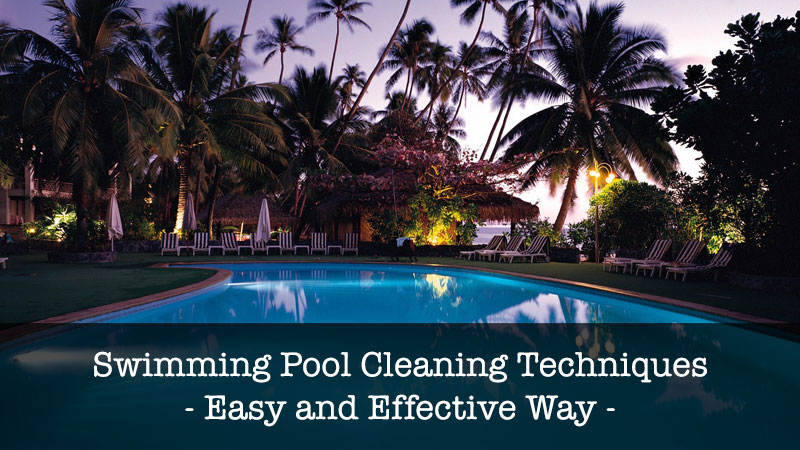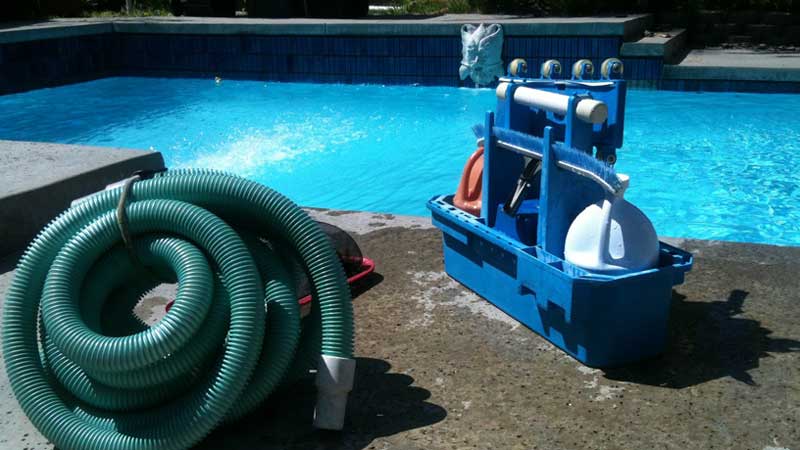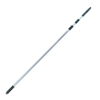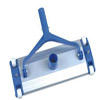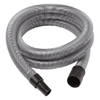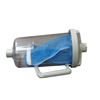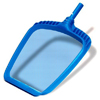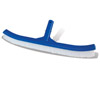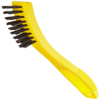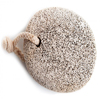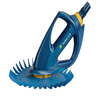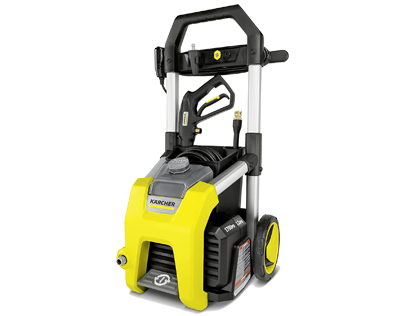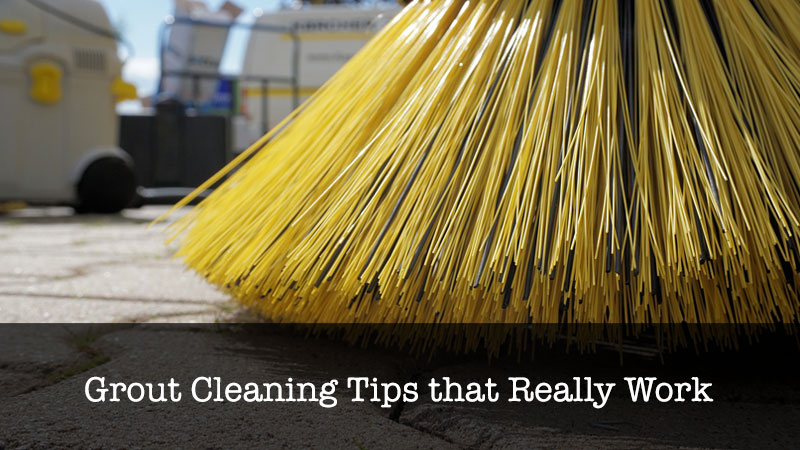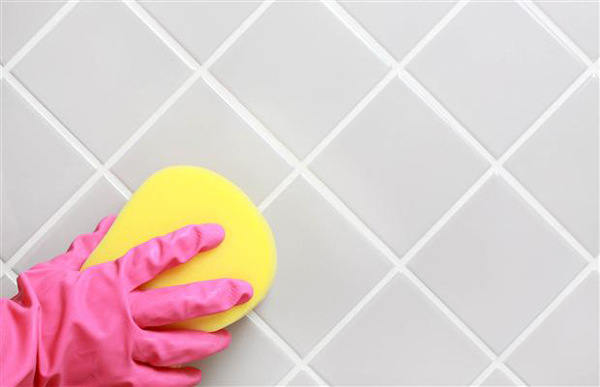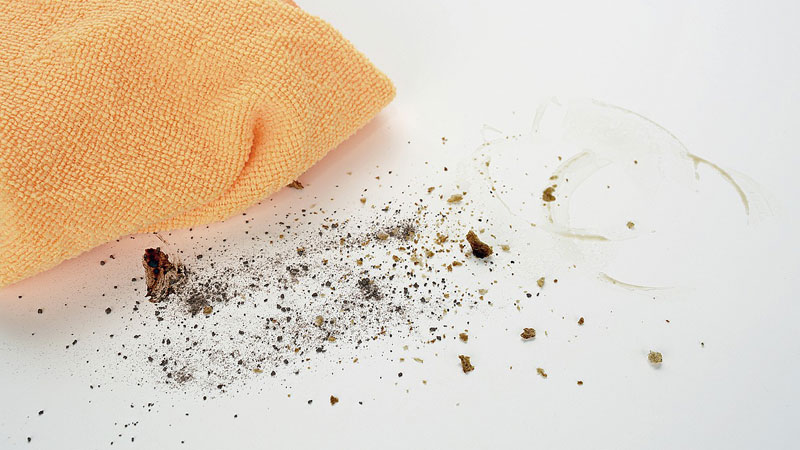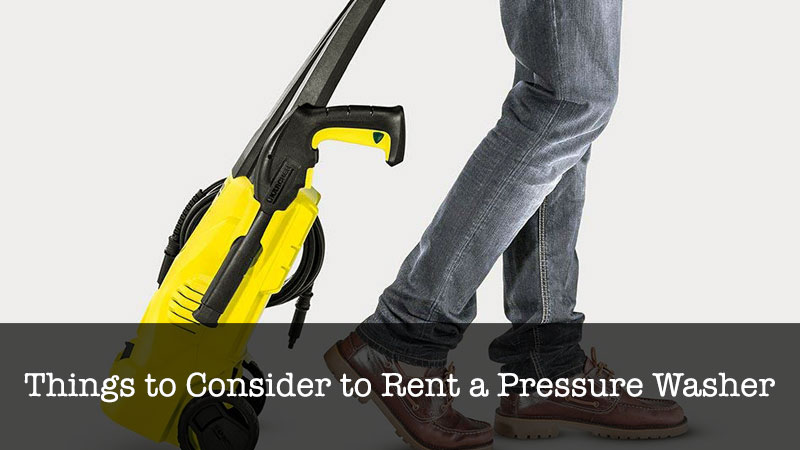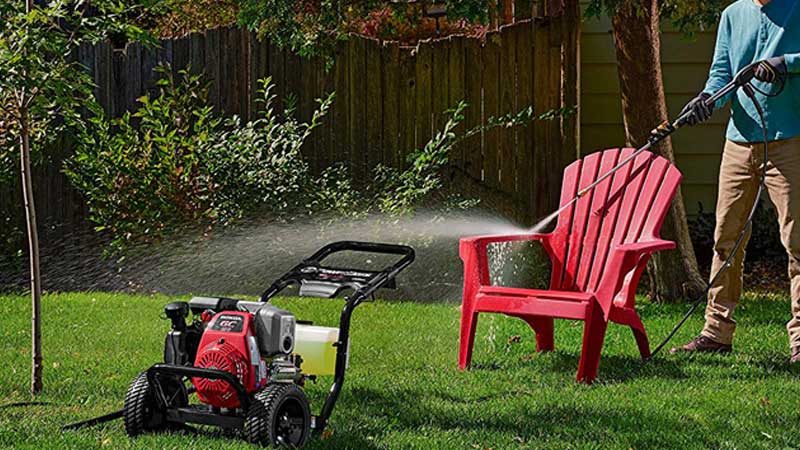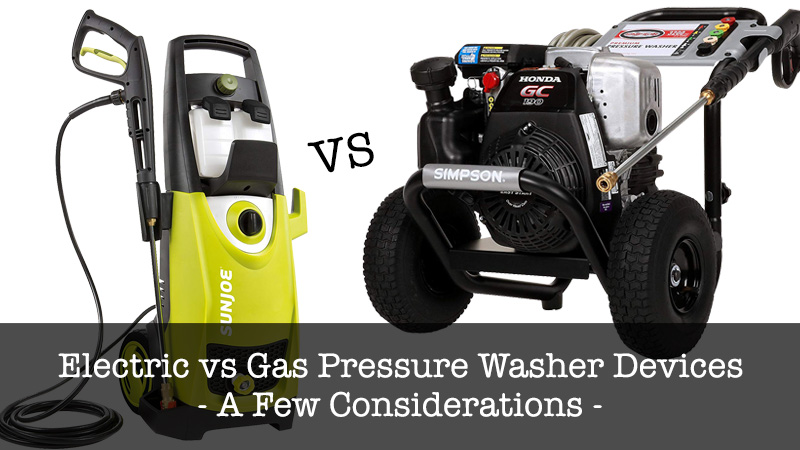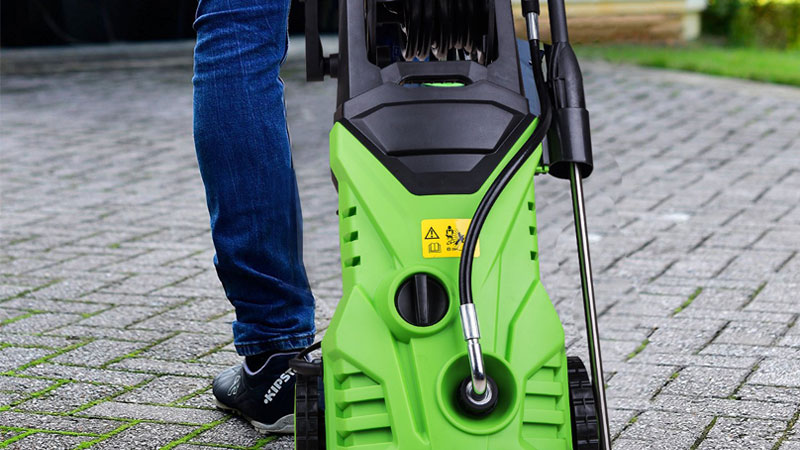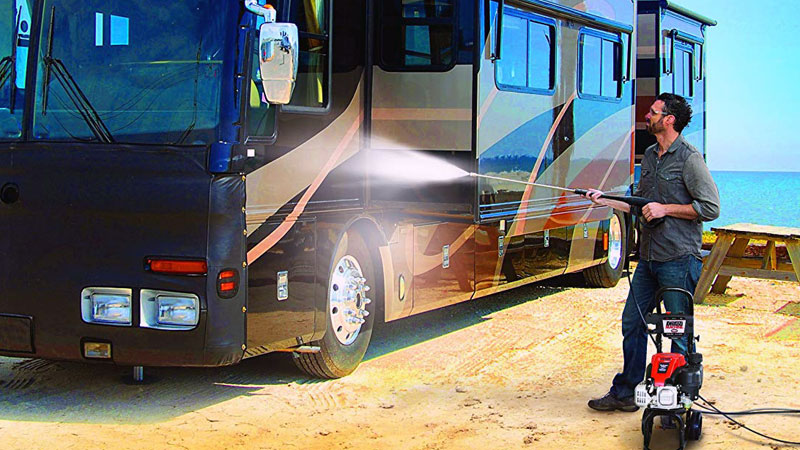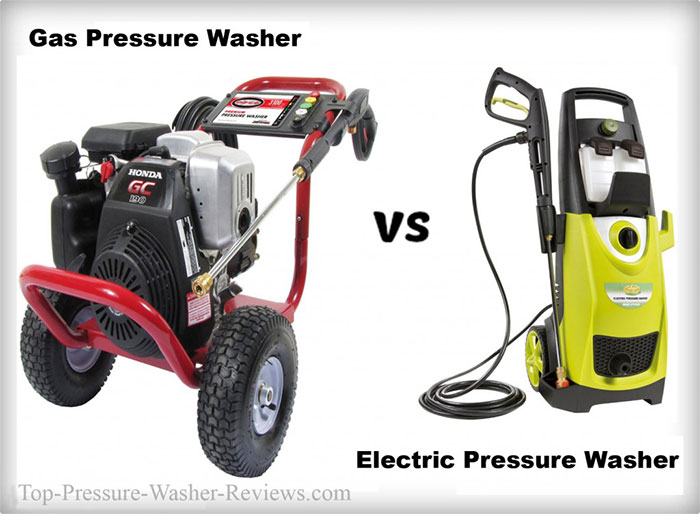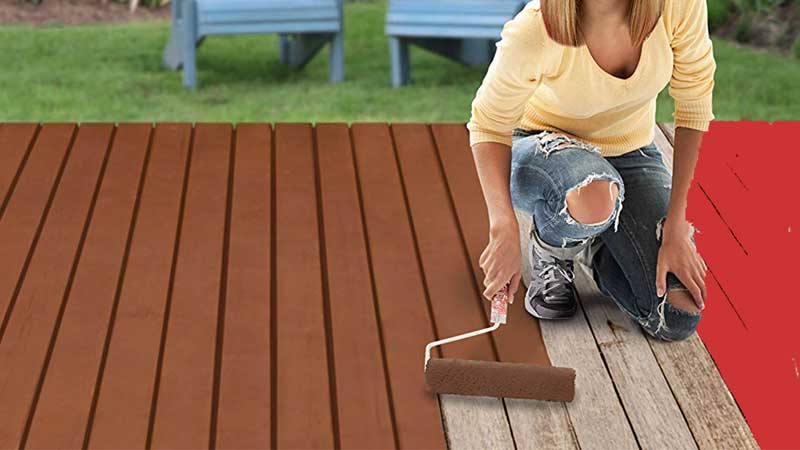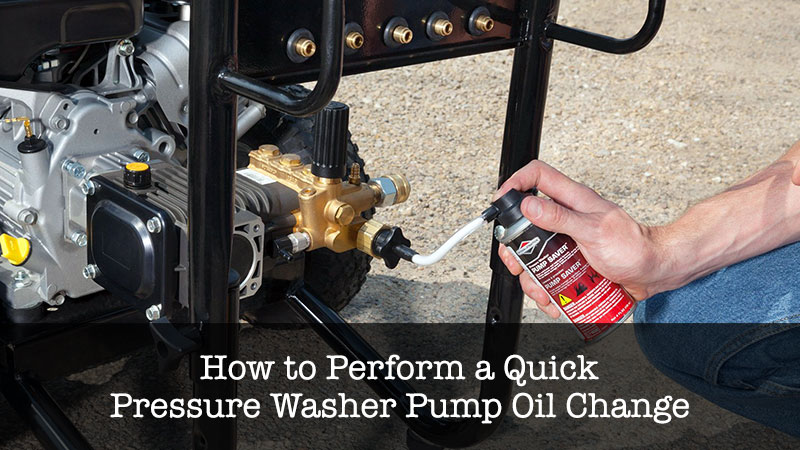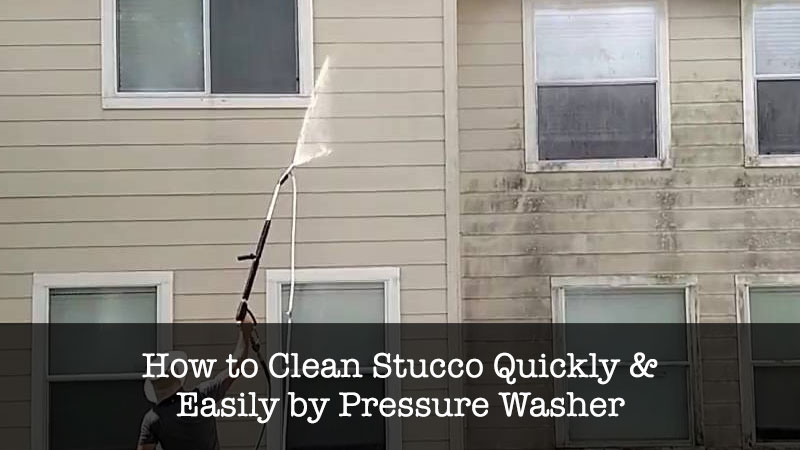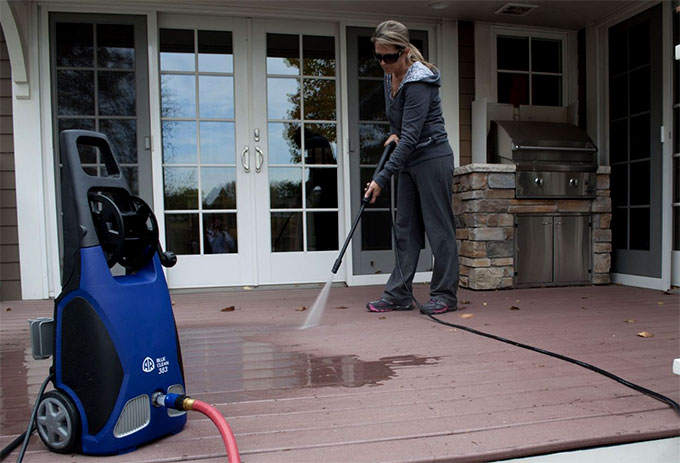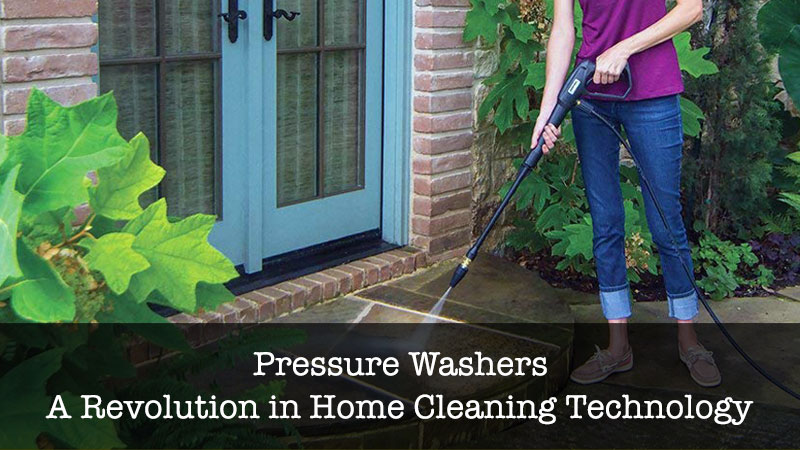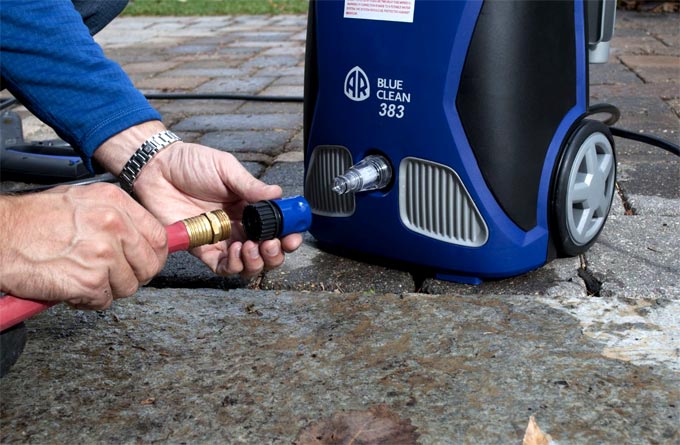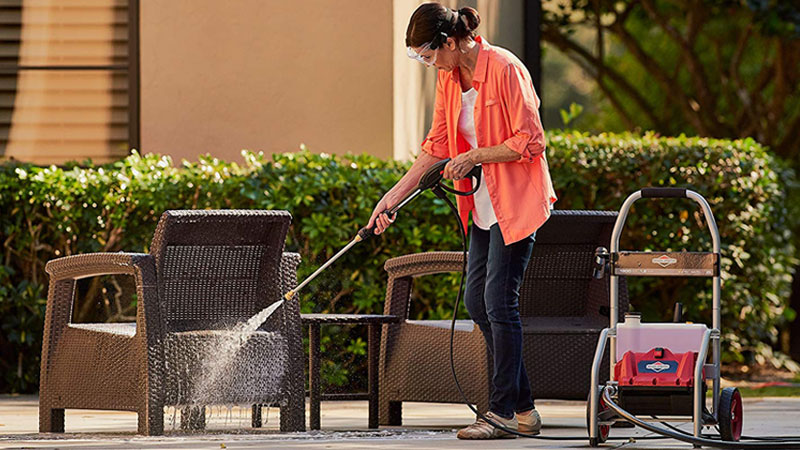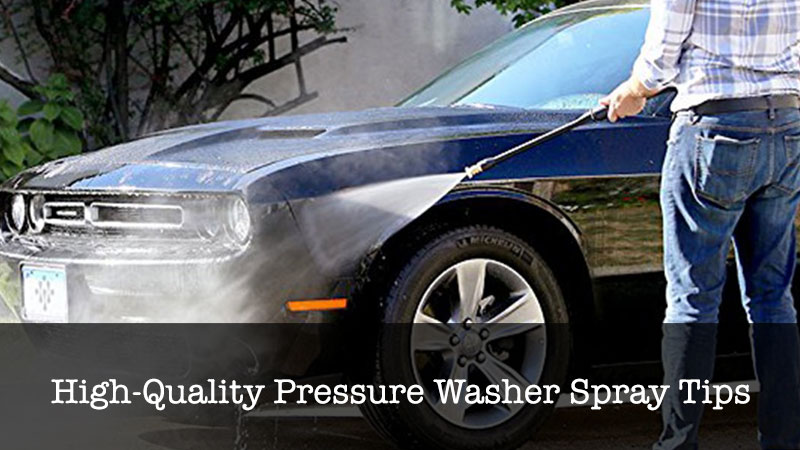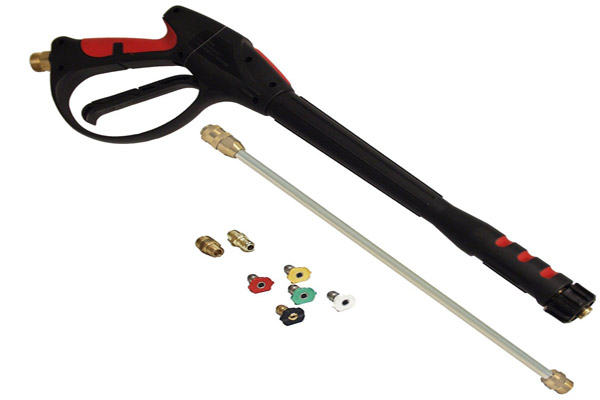Pressure washers are the things you need if you are looking for easy cleaning tools that will really change the look of your home. Using proper maintenance can be crucial for the performance of your equipment and saving money in the long run.
Here are a few tips that you can use to keep your machine running smoothly.
Pressure washer pump maintenance
Maintaining your washer pump is the easiest task. You just have to make sure that there is no filth and the oil is changed on a timely fashion. To remove dirt and filth simply clean the water pump by flushing.
The average time after which you should change the pump oil is 50 hours or you could just follow the instructions of your manufacturer.
Shop Pressure Washer Maintenance Kits
Changing oil in the pressure washer engine
Before each use, check the oil color to see if it’s dark or not. If it gets too dark, you need to change it in order to maintain the performance, or you could just change the oil after every 50 hours of use.
Cleaning the screen filters
Keeping the screen filters clean is very crucial. The screen filters stop dirt and other foreign material from entering your pressure washer. Regularly check to see if the filter is dirty or damaged. Clean dirty filters by washing with water and replace if damaged.
Generally, after every four hours of use the filters should be cleaned and after every 100 hours or 3 months of use they should be replaced. If the screen filters are dirty or damaged your pump may get blocked and your washer won’t perform as well as it should.
Shop Pressure Washer Maintenance Kits
Check the high pressure hose and O-ring
Inspect the high pressure hose carefully and try to find leaks or cuts. Leaks or cuts can cause water to leak which will reduce the overall pressure of the washer. Without adequate pressure, the washer will not be able to clean properly.
Like the high-pressure hose, O-rings can also start to leak due to prolonged usage. The leaked pressure hose and O-rings cannot be repaired and so replacing them is the best idea.
Shop Pressure Washer Maintenance Kits
Spray gun and nozzle
The spray gun and nozzle need to be checked for wear and tear. Pull the trigger of the spray gun to see if it returns to its original position. This ensures that the spray gun is working properly. If it doesn’t return to the original position consider replacing it.
The nozzle is required for cleaning different types of surfaces. Check to see if the nozzle is blocked. If it is blocked consider changing it immediately because a prolonged blockade might damage the nozzle permanently.
Without proper knowledge about the machine and the different parts, it might be hard for you to separate the parts and clean them.
But don’t worry it’s not too hard to learn. Just ask the advice of someone who knows about it or take a look at the instructions manual.
Proper maintenance is hard work but it’s worth all the trouble in the end. With good maintenance, your machine will run smoothly for many years to come.
Shop Pressure Washer Maintenance Kits
Helpful Videos
Pressure Washer Water Pump Oil Change
How To Perform Pressure Washer Maintenance

